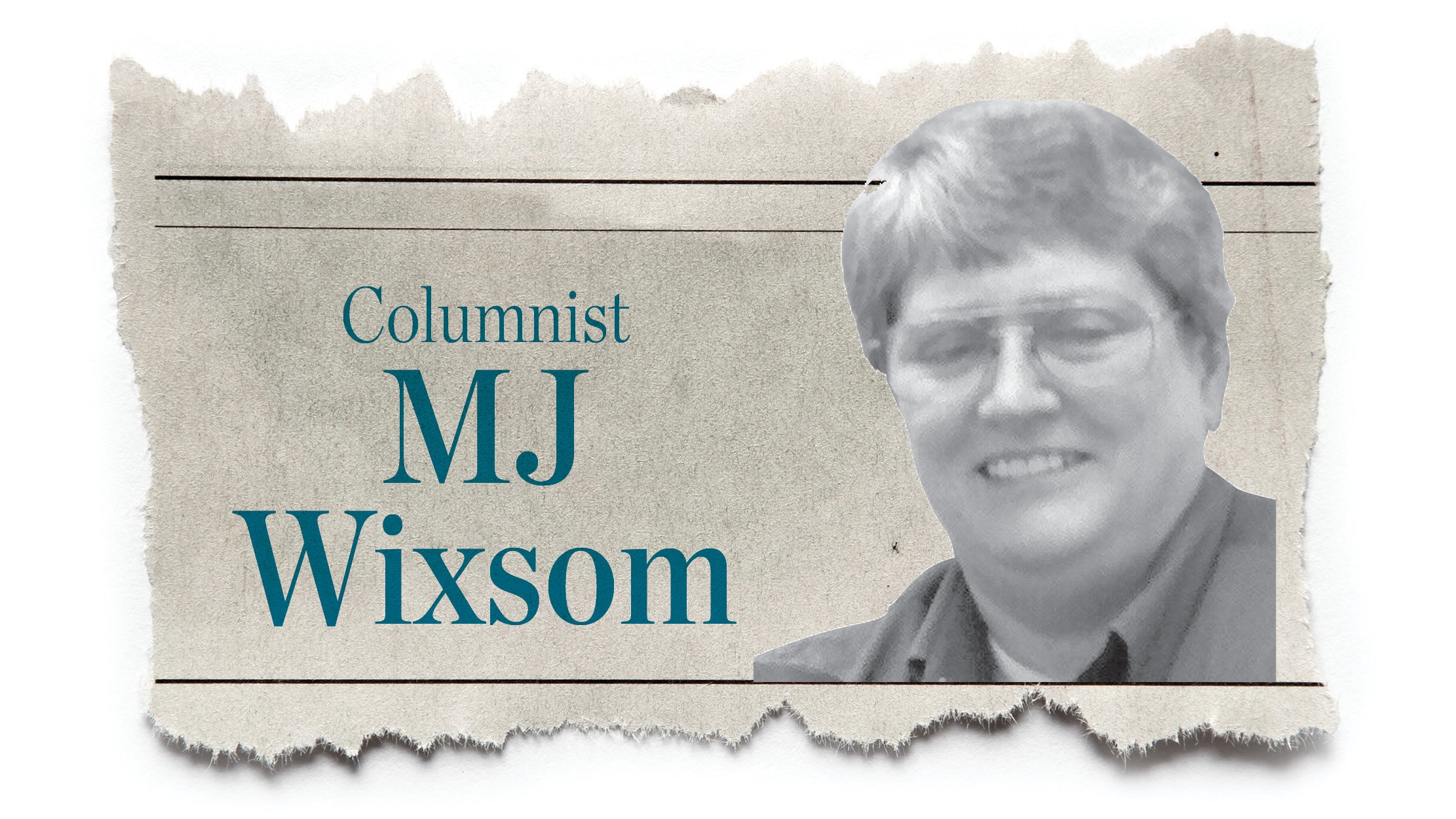Communication would have helped bypass
Published 10:07 am Friday, April 9, 2010
In this time of declining budgets, “mission creep” has become “mission fortification” in which agencies are retreating to the smallest possible definition of their responsibilities in order to conserve funds.
This may not be completely detrimental, if managed well, it could even be productive.
As an example, Lawrence County residents wanted the improved road known as the Chesapeake bypass and they wanted it reasonably soon.
They also wanted safe homes and water. Local politicians wanted to satisfy their constituents.
The Ohio Department of Transportation wanted to reduce the pressure from local residents and politicians to build the road and to do it so that it benefited the entire transportation system of the state. Ohio EPA wanted to be ensured that the construction was safe, protective of the environment and that it followed established guidelines.
What happened? During construction ODOT encountered a hazardous materials dump in the right-of-way which we had read about in the local media.
This dump, created by a local developer, ended up costing the taxpayers in the neighborhood of $800,000 for a partial clean up.
From available records, some of the hazardous materials remain under the roadway to this day.
If it is not adequately compacted, the roadway could collapse which would create as much a problem as the rock falls further up Route 7.
If this material were to seep into the local well field or residential wells and waterways, another, more insidious problem could occur.
This would transfer costs to property owners with wells or to systems that use the Ohio River and flood plain as a water source.
The project has also been burdened with erosion of the construction site which is continuing, and depositing materials into local streams and ultimately into the Ohio River.
The problem is compounded by illegal ATV usage which opens the ground to additional erosion.
Few got what they anticipated. The project was delayed by the hazardous materials and by the slumping soil. The potential remains that at some time the roadway may be closed for repairs to either or both of these conditions.
ODOT had more expenses than they budgeted for, which reduced their capacity to do the construction the region needs.
The politicians have more complaints to deal with, Ohio EPA must expend staff time and resources to continue to monitor and evaluate the hazardous dump situation and the taxpayers are paying more than they might have had there been more coordination.
This is where budget reductions might be favorable. If all the agencies and entities involved had worked together to evaluate the situation before construction began and scheduled routine meetings that concentrated on getting the job done efficiently and with adequate attention to expenses, all parties might have been happier and wealthier.
In my opinion, the $3 million identified to complete yet another phase of the Chesapeake bypass may just be the amount needed for ODOT to finish the initial phase of the road construction regarding hazardous materials, lack of erosion control, illegal ATV activity, and the impacts to local waterways and fisheries cause by both erosion and hazardous materials.
In the future, let’s use this period of fiscal stress to forge bonds that define projects not by agencies’ mission statements and desires but by the desired results.
Everyone should benefit financially, safety wise and emotionally.
Cecilia Riddle
Chesapeake


